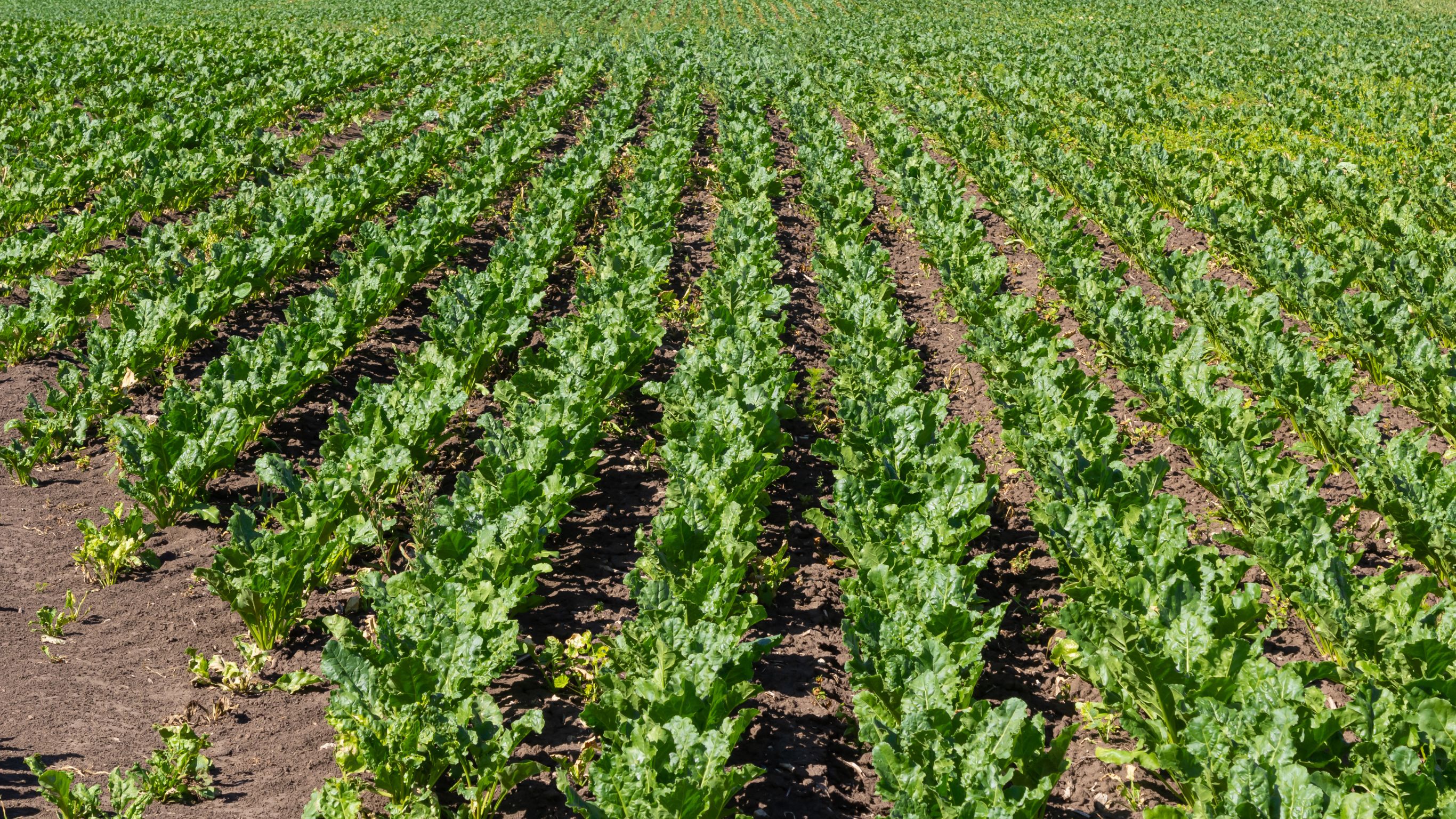Key Takeaways:
- The ViVe_Beet project, funded by the German Federal Ministry of Food and Agriculture, aims to create environmentally friendly pest control methods for sugar beet crops.
- Researchers are utilizing RNA interference (RNAi) technology to target and control green peach aphids, notorious for transmitting yellowing viruses and significantly reducing crop yields.
- The project's success in lab and greenhouse trials shows promise for more sustainable and species-specific pest control solutions.
Introduction to the ViVe_Beet Project: Pest Control In Sugar Beet Production
In an ambitious endeavor to revolutionize plant protection, the ViVe_Beet project, coordinated by the Julius Kühn Institute (JKI) and partnered with the Fraunhofer Institute for Molecular Biology and Applied Ecology IME and the Institute of Sugar Beet Research (IfZ), is pioneering a new method to protect sugar beets from pests without harming beneficial organisms. Funded by the German Federal Ministry of Food and Agriculture (BMEL), the project aims to address the significant agricultural issue of aphid-transmitted yellowing viruses.
The Challenge of Green Peach Aphids
Green peach aphids (Myzus persicae) are a significant threat to sugar beet crops, capable of transmitting several yellowing viruses that lead to drastic reductions in yield. With the EU's phase-out of neonicotinoids in 2019 due to their harmful effects on bees and other beneficial insects, managing these resistant pests has become increasingly difficult. Traditional chemical insecticides have negatively impacted insect diversity, underscoring the need for a more targeted and sustainable approach.
RNA Interference: A Targeted Solution
The ViVe_Beet project utilizes RNA interference (RNAi), a natural immune response where double-stranded RNA (dsRNA) molecules are used to silence specific genes in the pests. By designing dsRNA to match crucial genes of the aphids, researchers can induce self-regulation within the organisms, leading to effects such as reduced offspring and increased mortality. Maurice Pierry from the Fraunhofer IME Bioresources branch in Gießen explains the groundbreaking nature of this approach and its potential to revolutionize pest control in agriculture.
Progress and Future Steps
The project has achieved several milestones, from identifying effective genes to creating a protective formulation for the dsRNA molecules, ensuring they remain intact until reaching the target aphids. Greenhouse trials have shown promising results, with a 70 percent mortality rate and reduced aphid populations. The next steps involve field trials to test the method under real-world conditions and further refine its effectiveness.
The Potential of Selective Plant Protection Agents
This innovative approach holds great promise for developing new, selective plant protection agents that are harmless to non-target organisms like humans and bees. Researchers hope to pave the way for more sustainable and efficient agricultural practices by focusing on the specific pests that threaten crops. As Pierry notes, the specificity of the adapted dsRNA ensures that only the intended targets are affected, marking a significant advancement in pest control technology.



2 Comments